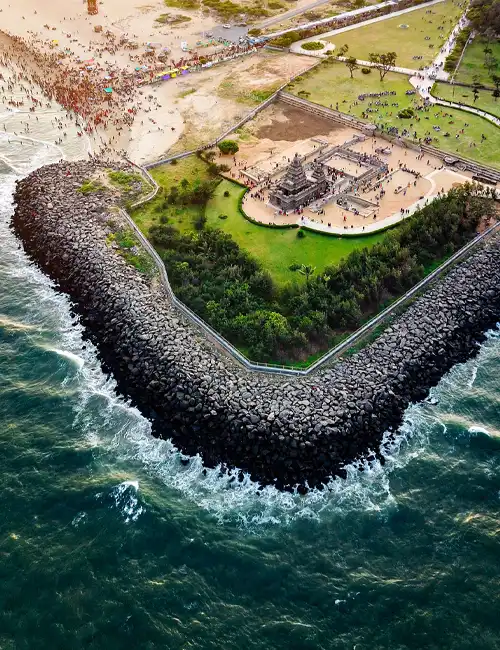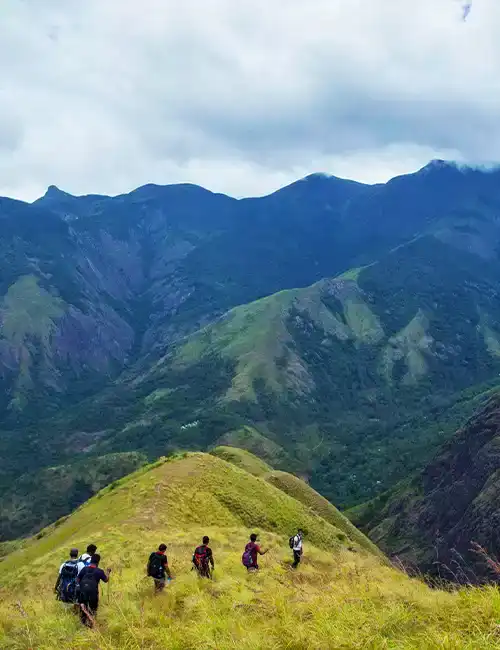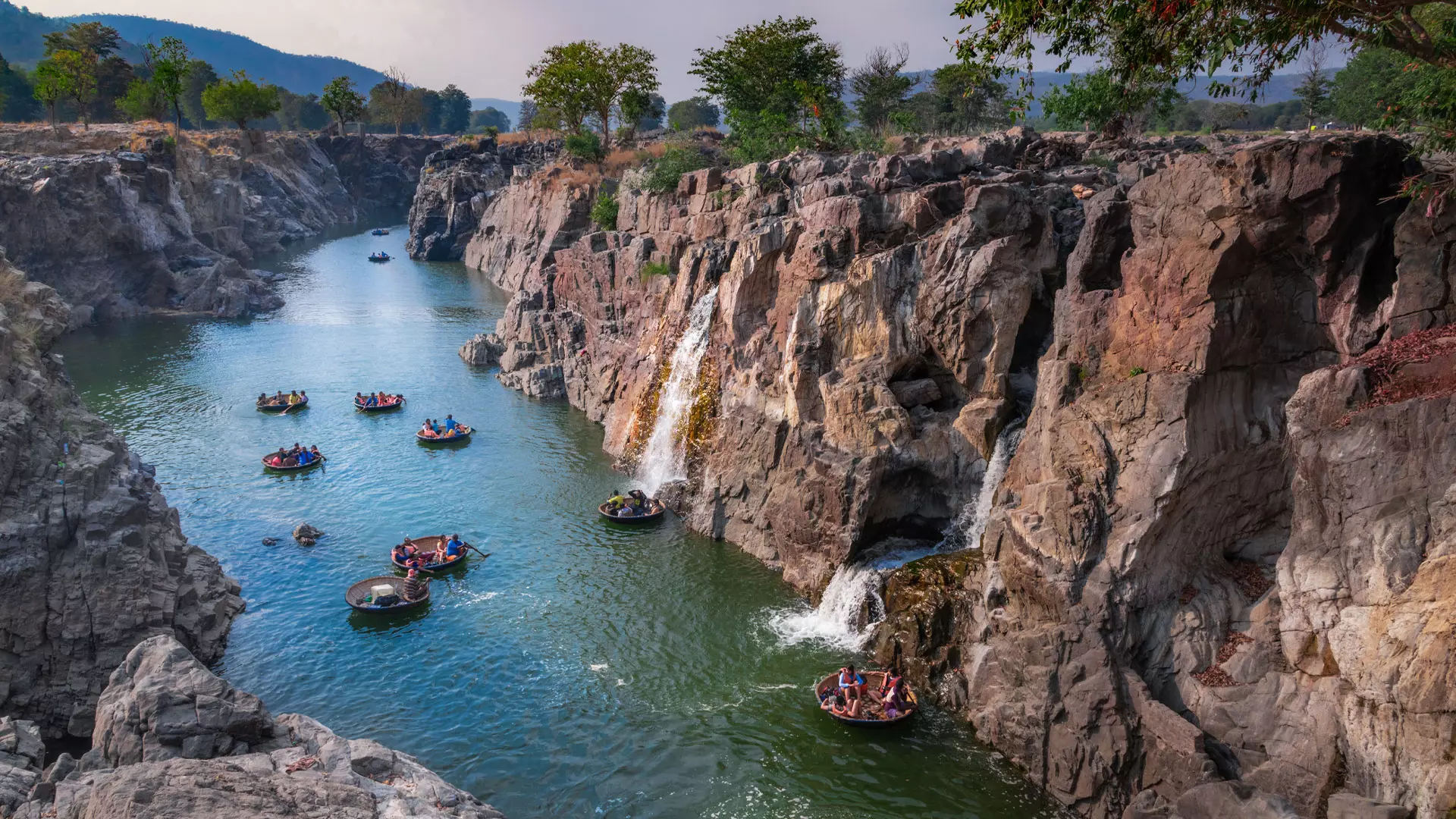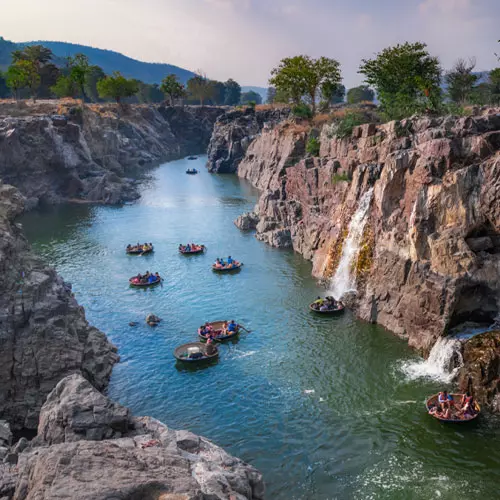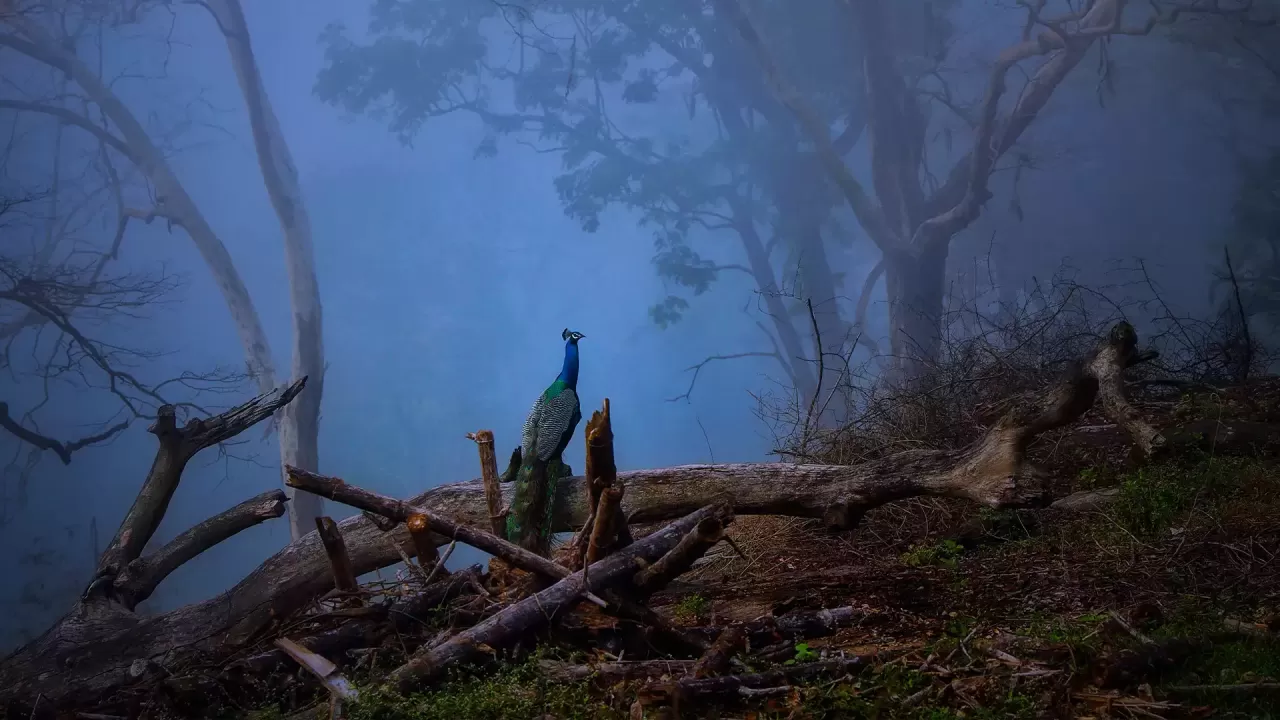
The landform of Tamil Nadu varies from coast to plateau to high mountain ranges in the Eastern and Western Ghats. These mountain ranges along with ecological hotspots host a diversity of flora and fauna. They nourish a variety of vegetation types such as evergreen, moist deciduous, dry deciduous, dry evergreen, bamboo brakes, grasslands to littoral and mangrove forests.
Besides, the state has a long coastline of more than 1,000 km and supports a variety of ecosystems such as beaches, lagoons, mangroves, mudflats and coral reefs. The small islands along the coast are rich in marine flora and fauna. The inland wetlands in the state harbour rich avifauna, with several bird species migrating from far-off countries in large numbers.
The state has a large protected area network comprising three biosphere reserves, four tiger reserves, five national parks, fifteen wildlife sanctuaries, fifteen bird sanctuaries and two conservation reserves. The state has the distinction of establishing the first terrestrial as well as marine biosphere reserve in India - Nilgiri Biosphere Reserve and Gulf of Mannar Biosphere Reserve respectively.
Tamil Nadu is a paradise for Nature lovers. Hill stations, waterfalls, forests, bird sanctuaries and seashores are easily accessible for people who want to immerse themselves in Mother Nature.
As it is situated in the southern end of the Western and Eastern ghats, the state is home to several hill stations. Udagamandalam (Ooty), Kodaikanal, Yercaud, Coonoor, Valparai, Yelagiri, Sirumalai, Kalrayan Hills and the Kolli Hills are the popular ones. If you want to see water falling from towering heights amid lush green forests, then come to Tamil Nadu. The state has several beautiful waterfalls, like Courtallam, Hogenakkal, Agaya Gangai, Catherine, Kiliyur, Suruli and Tirparappu.
TTDC has set up an Eco-Tourism wing, including an official from the Forest Department, for the sustainable management of tourism centres.

